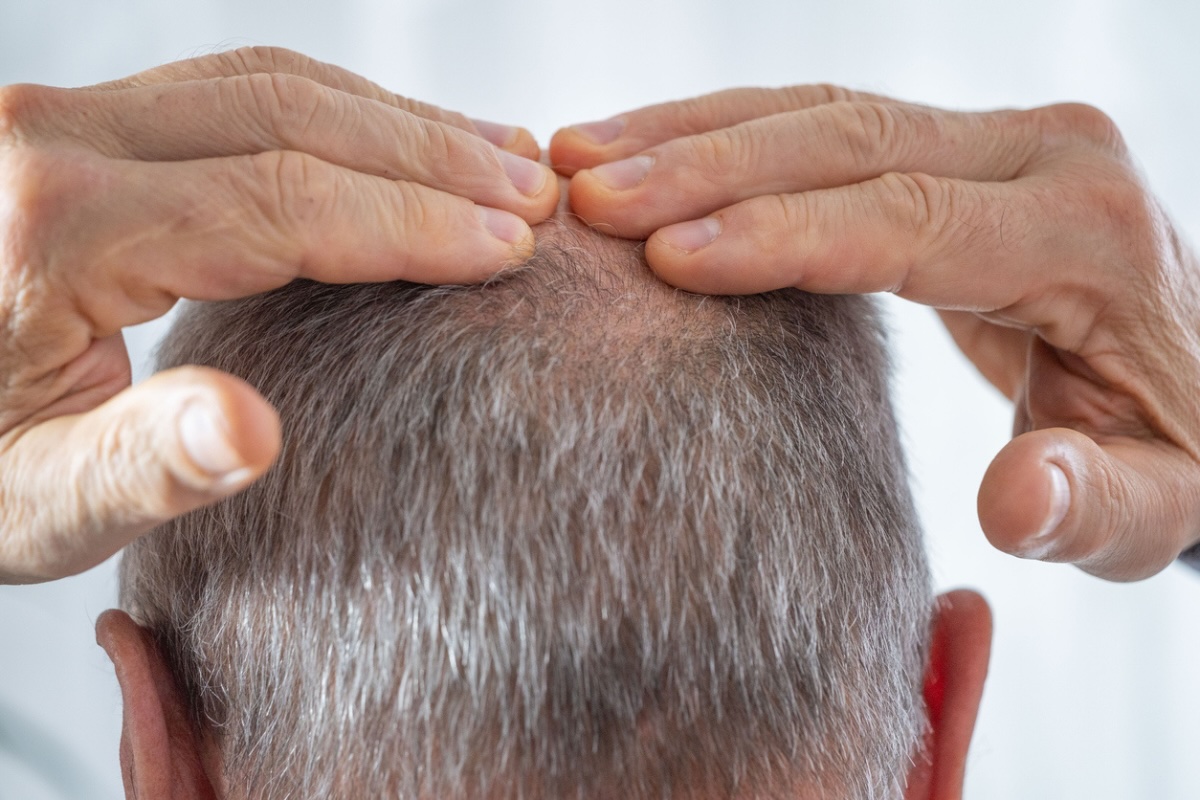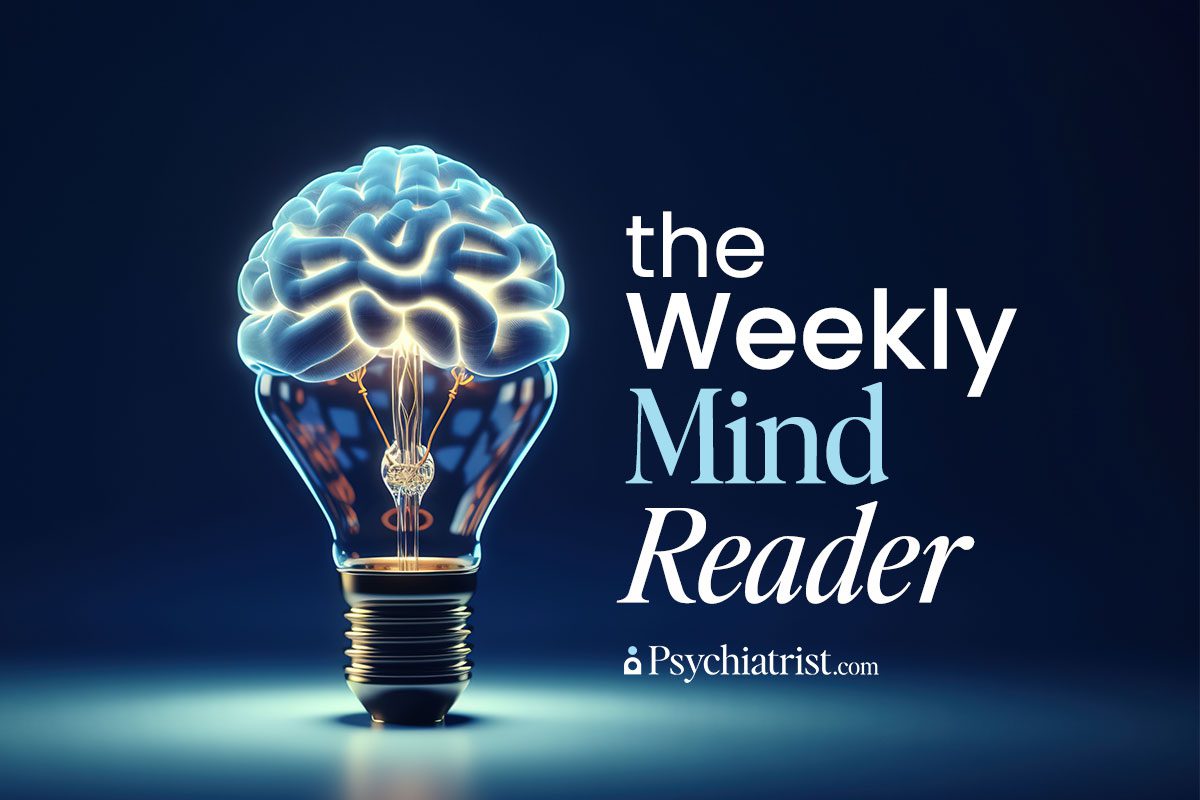This week: clinicians tackle ketamine safety, an unsettling fluoxetine case study, and new hope for treatment-resistant depression.
Growing Popularity Drives Safety Concerns
It’s been 25 years since ketamine first stunned psychiatrists with its ability to act quickly as an antidepressant. Clinics keep popping up across the country. And scientists keep tweaking the formulations. And thousands of patients (and counting) have sought relief through ketamine – or esketamine.
But as enthusiasm soars, so do the questions about safety.
Around the start of 2025, the U.S. Food and Drug Administration (FDA) expanded its approval of Spravato (esketamine) nasal spray. About the same time, a comprehensive meta-analysis questioned its long-term efficacy and use in acute suicidality. While both racemic ketamine and esketamine showed promise across a range of psychiatric conditions – from anxiety to PTSD to substance use disorders – questions persisted about adverse effects and misuse.
Clinicians have reported rare but alarming incidents of acute suicidality and dysphoric dissociation during ketamine sessions, especially among patients with trauma histories. And the tools we’ve designed to monitor side effects typically overlook these experiences.
A yawning regulatory gap doesn’t help. An REMS program tightly controls esketamine, while most clinicians prescribe racemic ketamine off-label – free from such oversight. Patients desperate for relief have increasingly turned to unsupervised, at-home use, which normally consists of either compounded ketamine lozenges or nasal sprays. And that lack of supervision has naturally sparked fears of abuse and risk of overdose.
The review’s authors also point to an unsettling trend. Some patients with substance use disorders or treatment-resistant depression appear to be self-medicating – or requesting higher doses.
As a result, The Journal of Clinical Psychiatry published commentary that calls for more robust oversight, better prescription guidelines, and even a national registry to track outcomes.
As the psychedelic renaissance gains momentum, ketamine’s journey offers a powerful reminder: rapid relief must not outpace careful regulation.
IN OTHER PSYCHIATRY AND NEUROLOGY NEWS
- The Primary Care Companion has published a case study about a 23-year-old man on fluoxetine who showed up to the hospital with rectal bleeding after an eight-month bout of constipation.
- JCP boasts original research on how adjunctive vagus nerve stimulation (VNS) dramatically outperformed sham treatment in patients with treatment-resistant depression.
- PCC also features a case study that discusses how electroconvulsive therapy (ECT) can be safely administered in patients with severe thrombocytopenia.
- JCP has also published compelling new research showing a link between older adults with depression and elevated suicide risk and disrupted sleep-wake rhythms to suicidal thoughts.
- Finally, we leave you with a major review of OTC depression treatments that separates the hype from the help.


